T4K3.news
Sony RX1R III leads on portability
A head-to-head look finds Sony smaller and cheaper, with Leica offering more video tools.

A head-to-head look at two 61MP full-frame compacts, evaluating size lenses and video capabilities.
Sony RX1R III Tops Leica Q3 43 in 61MP Full-Frame Compacts
The Sony RX1R III is priced at about $5,098 while Leica’s Q3 models sit higher, with the Q3 at around $6,735 and the Q3 43 at about $7,380. All three are fixed-lens, 61MP full-frame compacts, but they diverge in handling, weather sealing and display options. The RX1R III is the smallest and lightest, with superb autofocus, but it lacks weather sealing and a tilting screen. The Leicas are chunkier, add lens-based stabilization, and offer tilting screens and robust video features, delivering a more luxurious experience.
Sensor and zoom behavior differs as well. The Leicas provide higher ISO ceilings and use digital crops to extend focal lengths, with varying resolution outcomes across 28mm, 35mm and longer reach. The Sony crops less aggressively but still reduces resolution at longer focal lengths. For video, Leica models offer 8K recording with 10-bit color, while the RX1R III tops out at 4K, making Leicas more appealing to video shooters. In stills, the RX1R III shines with autofocus speed and subject detection, while Leicas emphasize image stabilization and a premium feel.
Key Takeaways
"The RX1R III is smaller and more discreet."
Build and handling section notes the camera's compact size.
"Leicas feel luxurious and offer better video stabilization."
Discussion of weather sealing, tilting screens and stabilization.
"Autofocus on the RX1R III is fast and reliable."
Stills autofocus performance is highlighted as a strength.
"8K recording on the Leica models sets a cinema standard."
Video capabilities are a key differentiator for Leica here.
This comparison reflects a broader trend in premium photography: compact bodies are prized for portability, but users expect robust tools behind the fixed-lens format. The price gap signals a division between speed and luxury, with Leica banking on build quality and video capability to justify higher costs. For buyers, the decision often comes down to workflow: portability and quick results with Sony, versus a more controlled, cinema-ready setup from Leica.
In the end, the RX1R III offers immediacy and discretion, while the Leicas trade some compactness for stabilized versatility and richer video options. The right choice depends on how you shoot: street and travel demand quick, accurate autofocus in a tiny package; documentary and video work benefit from stabilization and 8K capture. The market will decide if the premium for Leica remains valid in an era of ever-improving sensor technology and growing camera stabilization in smartphones and other devices.
Highlights
- Small body, serious capability for the street
- Luxury meets metal and glass, but it costs
- Autofocus that actually keeps up with the moment
- 8K video from Leica makes cinema a real possibility
Budget sensitivity in premium compact market
The price gap between the Sony RX1R III and Leica Q3 models may affect buyer interest, triggering budget concerns or public reaction among potential buyers and retailers.
The best pick depends on your daily rhythm and the balance you want between speed, style, and serviceable video.
Enjoyed this? Let your friends know!
Related News
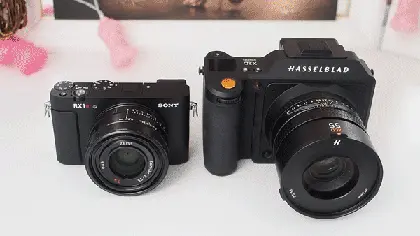
Sony RX1R III Size Shines in Handheld Tests

Sony launches RX1R III camera
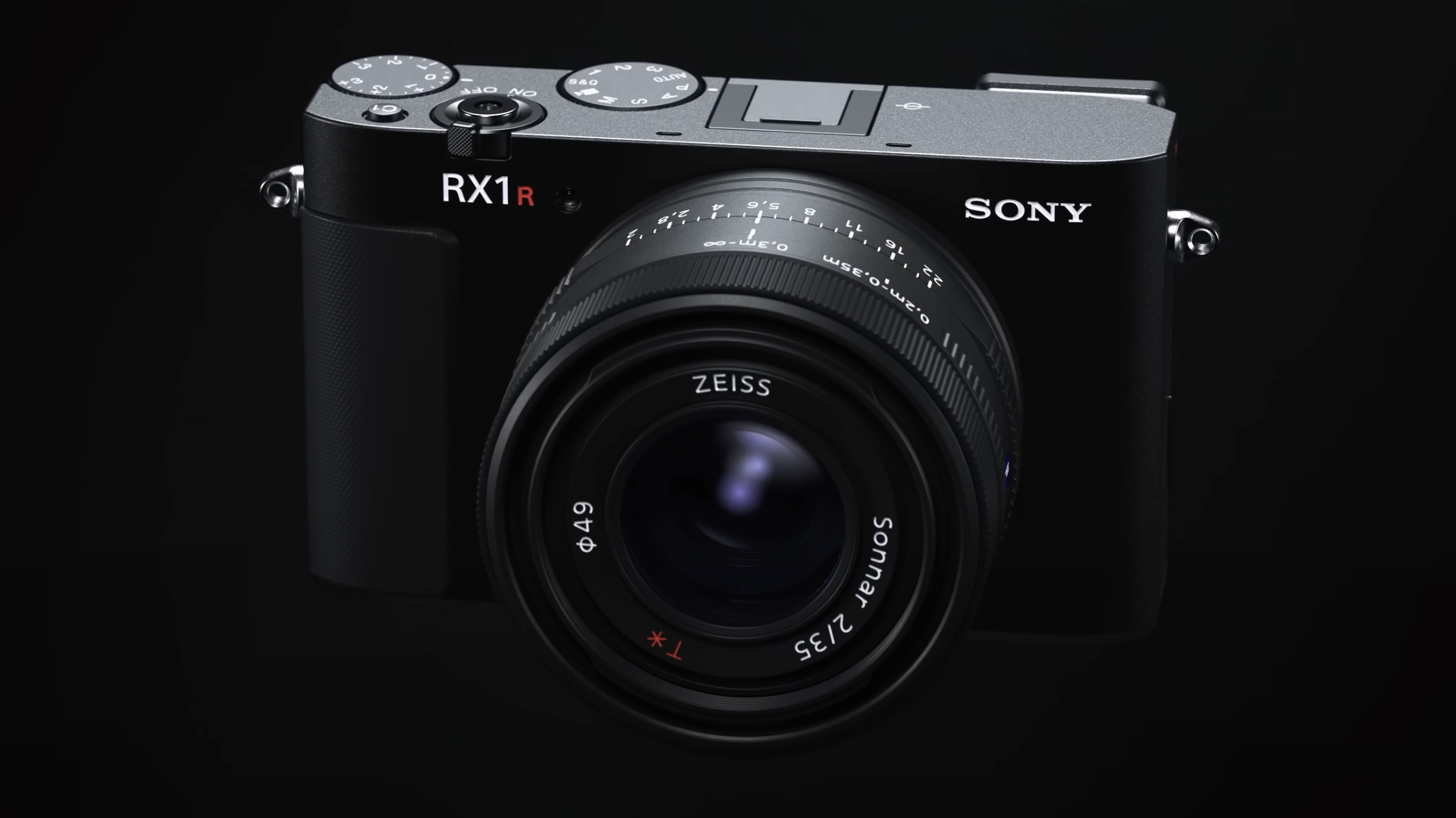
Sony announces the RX1R III compact camera
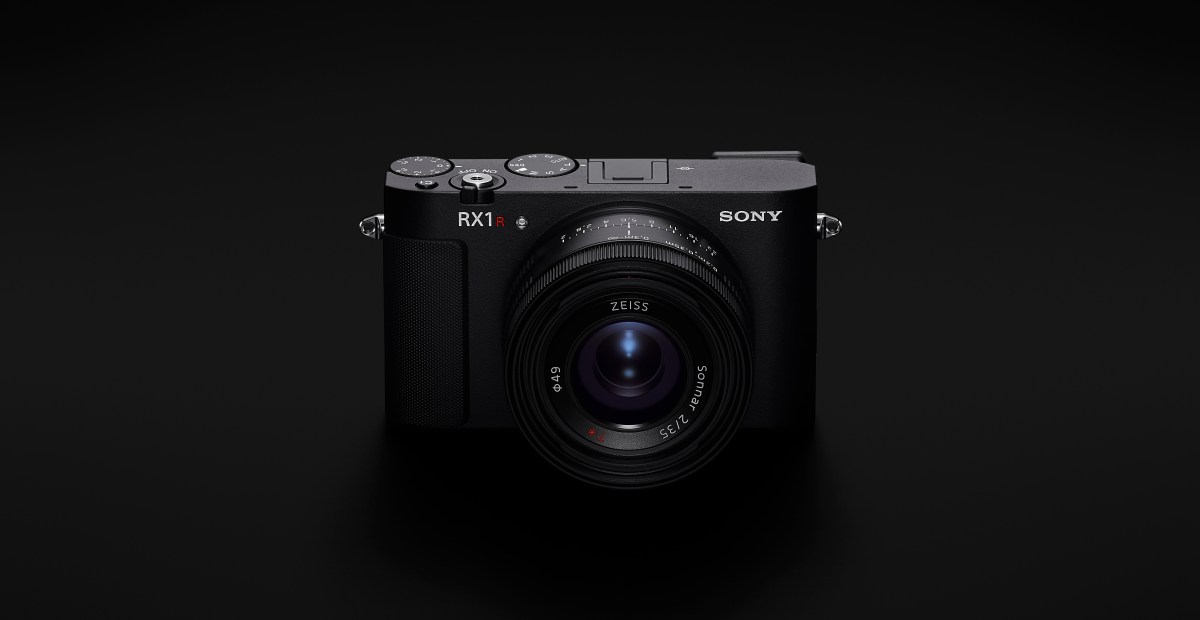
Sony launches RX1R III camera without tiltable screen
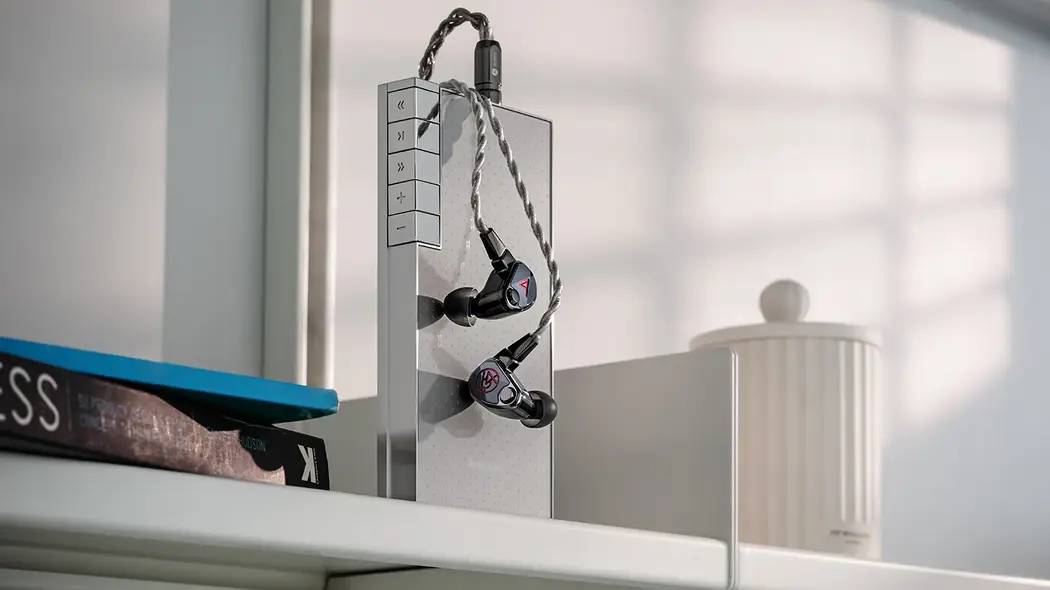
New tech gadgets launched this week
High megapixel compact cameras can hurt your photos
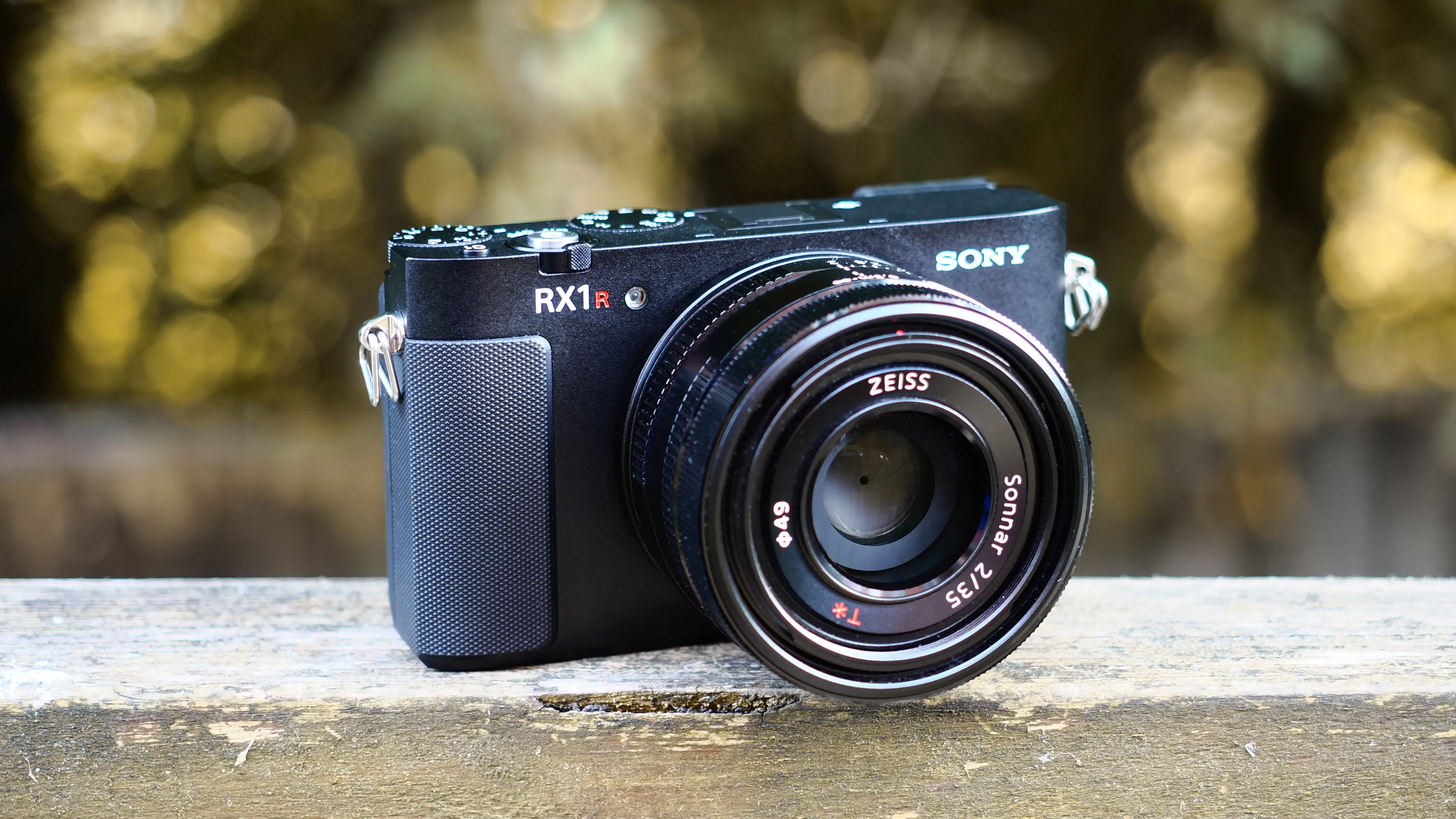
Sony RX1R III sample gallery released
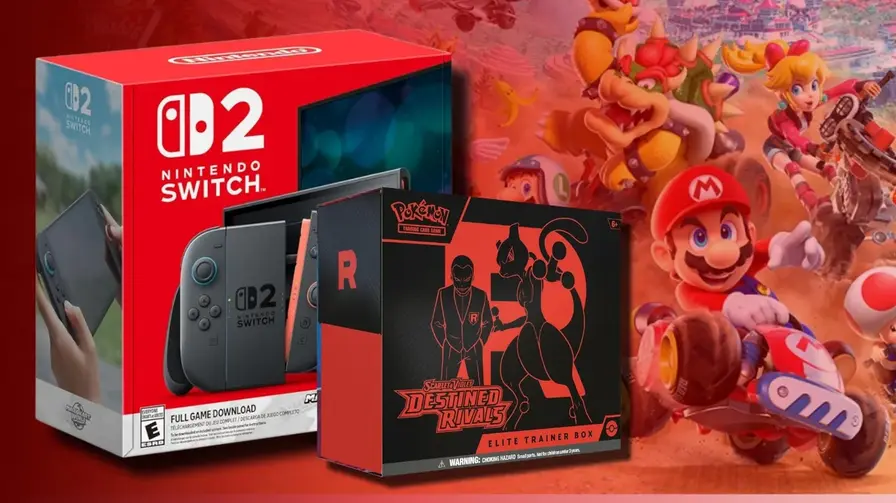
Nintendo Switch 2 invites are now available
